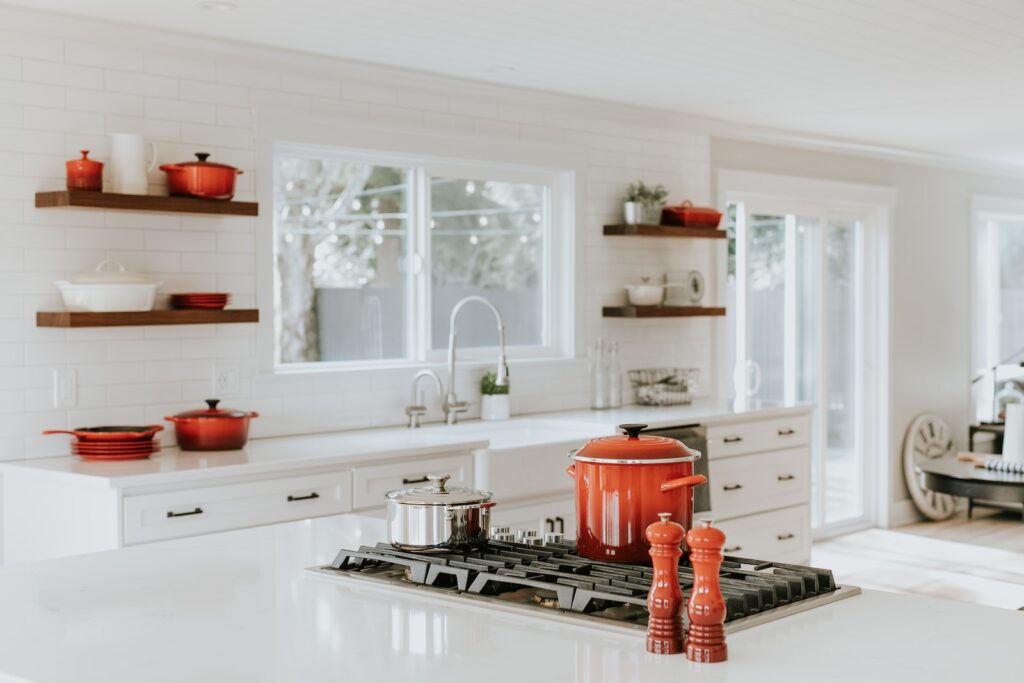
In the past few years, ceramic cookware has become increasingly popular, completely taking over the cookware world. They have the same benefits of a non-stick surface that Teflon pans have but without toxic chemicals. Ceramic cookware is also as durable as stainless steel pots and pans but without the difficult cleaning process. Considering the exceptional quality of ceramic pots and pans, you must take proper measures to ensure they are cared for.
If taken care of, ceramic cookware can last you much longer than any other cookware, and we want you to get the most out of your precious ceramic pots and pans. Today, we’ll tell you how to care for your ceramic cookware; you could think of this article as your “Caring for Ceramic Cookware 101” course. By the end, you’ll have a basic understanding of how to keep your ceramic pots and pans in tip-top shape, so continue reading.
Why Proper Care Is Important
Before we dive into the nitty gritty of taking care of ceramic cookware, let’s start by explaining why proper maintenance is vital. As we mentioned, ceramic pots and pans will serve you flawlessly for years to come if you take care of them well. Likewise, if you’re careless with how you clean, store, and cook with this cookware, you’ll impair the performance of your pans. Cleaning and caring for your ceramic cookware helps them perform well, so understanding how to do that is of the utmost importance.
Use the Right Cooking Utensils
Believe it or not, caring for your ceramic pans actually starts during cooking. Many people make the mistake of using steel cooking utensils with ceramic cookware. While your ceramic pans won’t release harmful PTFE when scratched as Teflon pans will, the scratches will damage the overall function of your ceramic cookware. To ensure you don’t add any detrimental scratches to your pans, use scratch-free utensils, such as ones made of plastic, silicon, or wood. Even when using utensils made of these materials, check the portion of the utensils that will be in direct contact with your cookware to make sure no sharp edges are poking out.
Let Them Cool Before Washing
One of the worst things you can do to the quality of your ceramic cookware is to submerge your pans in water or soak them before they have a chance to cool after cooking. Exposing your pots and pans to an extreme shift in temperature will take a significant toll on your cookware and can warp them; this will lead to less sturdiness and uneven cooking, and no one wants that! To avoid this, leave your ceramic cookware to cool completely before washing or soaking.
Wash the Trouble Areas
One of the best things about ceramic cookware is how effortless it is to wash them, thanks to its non-stick ceramic surface. It can be easy to fall into a rhythm of grabbing your dirty ceramic pan, going over it with the sponge for a few quick swipes, and leaving it to dry. However, when doing this, you can forget to wash some parts of the pan most susceptible to collecting food. The next time you wash your ceramic cookware, pay special attention to the areas where different pan parts meet, such as the edges and the handles. You’ll find the most cooking residue in these difficult-to-wash areas, so to ensure you get the most extended life out of your ceramic cookware, remember to scrub those areas well!
Avoid Stacking
We started with cooking, moved on to washing, and now we arrive at storing your ceramic cookware. When putting your ceramic pots and pans away after they’ve dried, avoid stacking them on top of other ceramic cookware, as it could lead to scratches. However, you might have little choice due to space, so if you absolutely must stack your ceramic cookware, place pot protectors or towels between them to prevent your pots and pans from coming in contact with each other.
Conclusion
Ceramic cookware is precious and should be treated as such. By following these tips, you won’t need to buy any other pots and pans for years to come.